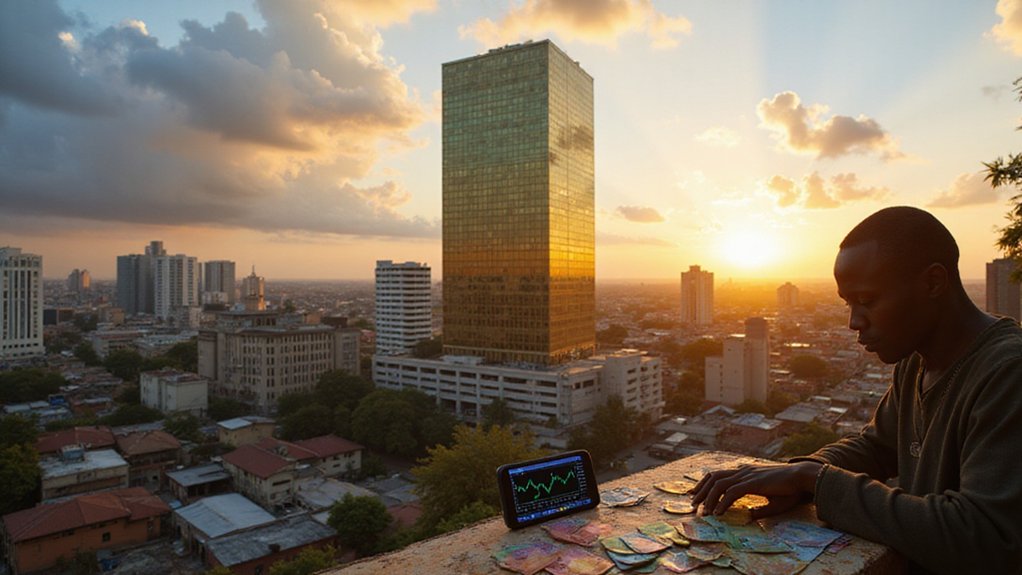How does a cryptocurrency exchange achieve such overwhelming dominance that it fundamentally becomes synonymous with digital asset trading in an entire region? Binance’s trajectory in Kenya offers a masterclass in market capture, albeit one that raises uncomfortable questions about competitive dynamics and user choice.
The numbers tell a compelling story of concentration. Binance commands between 34% and 45% of global spot trading volume in 2024, recovering admirably from its precipitous fall from 62% in 2022 to 30% in late 2023. In Kenya specifically, the platform has achieved near-monopolistic status in crypto-to-fiat conversions, particularly for USDT—a position that would make any traditional financial institution envious.
What makes this dominance particularly striking is its demographic foundation. Gen Z users, representing 54% of Binance’s African user base, more than doubled between January 2023 and May 2025. These mobile-first, digitally native individuals have fundamentally grown up viewing Binance as the default gateway to cryptocurrency markets.
Binance has become the default crypto gateway for an entire generation of digitally native African users.
The platform’s P2P functionality has become so integral to Kenya’s financial ecosystem that it facilitated anonymous donations for protest logistics in June 2025—a demonstration of both its utility and ubiquity. This integration reflects USDT’s broader adoption patterns, with approximately 49% of Kenyans owning cryptocurrency utilizing this stablecoin according to recent IMF findings.
Yet this very success creates systemic risks that extend beyond typical market concentration concerns. When young users primarily interact with a single platform, their understanding of cryptocurrency markets becomes filtered through one entity’s interface, fee structures, and available assets. The resulting lack of vendor diversity could theoretically enable market manipulation while stifling innovation from smaller exchanges that might otherwise challenge established practices.
Regulatory pressures across Africa, including scrutiny from Nigerian authorities, demonstrate that governments recognize these concentration risks. However, enforcement mechanisms remain inadequate relative to Binance’s market penetration. As the crypto landscape moves toward greater regulatory clarity, exchanges like Binance will need to adapt their market strategies to comply with evolving governmental frameworks.
Competitors like Upbit, Coinbase, and OKX have struggled to establish meaningful footholds in the region, leaving users with limited alternatives. Despite maintaining significant growth globally, Binance’s user base has actually declined slightly from 31 million in 2022 to 29.5 million in 2023 as regulatory challenges intensified across multiple jurisdictions.
The global crypto exchange market’s projected growth from $50.95 billion in 2024 to $63.38 billion in 2025 suggests ample room for multiple players. Whether Kenya’s crypto ecosystem will diversify or remain concentrated around Binance’s infrastructure may ultimately determine the long-term health of the country’s digital asset markets.








